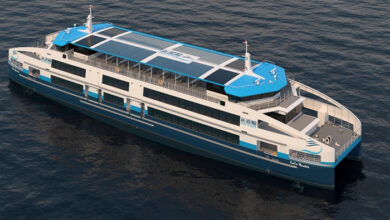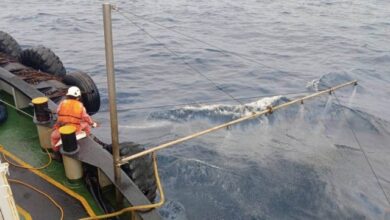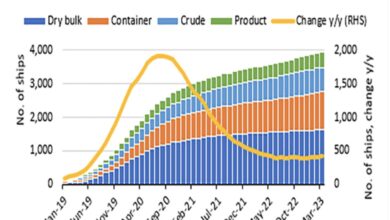IMO : Implementing electronic data exchange – new data model published

The latest version of the World Customs Organization (WCO) Data Model (version 3.11.0) has been published (read more here). This version includes a new Message Implementation Guide (MIG), providing practical guidance for implementing part of the IMO Compendium on Facilitation and Electronic Business.
The IMO FAL MIG provides additional technical information, in addition to the semantic definitions, for implementing ship reporting formalities outlined in the Convention on Facilitation of International Maritime Traffic (FAL). The MIG has been developed following cooperation between the WCO and the IMO.
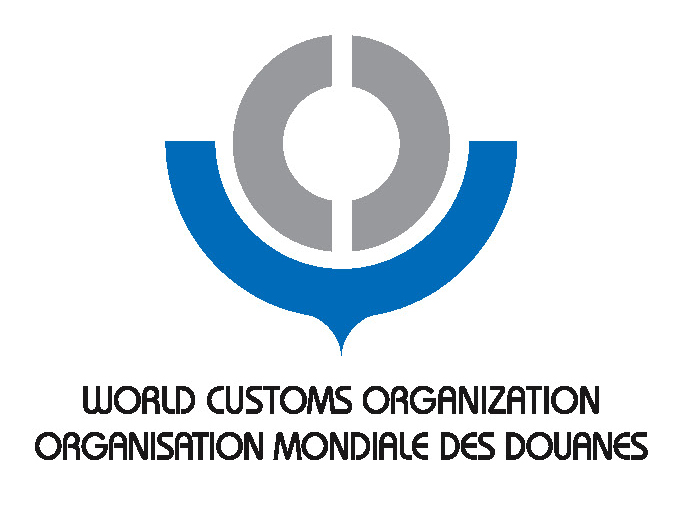
The IMO Compendium is a tool for software developers that design the systems needed to support transmission, receipt, and response via electronic data exchange of information required for the arrival, stay, and departure of the ship, persons, and cargo to a port.
The IMO Compendium consists of an IMO Data Set and IMO Reference Data Model agreed by the main organizations involved in the development of standards for the electronic exchange of information related to the FAL Convention: the WCO, the United Nations Economic Commission for Europe (UNECE) and International Organization for Standardization (ISO). Watch the video here.
The WCO Data Model is a compilation of clearly structured, harmonized, standardized, and reusable sets of data definitions and electronic messages designed to meet operational and legal requirements of cross-border regulatory agencies, including customs.
IMO Assembly elects new 40-Member Council
On another side, The Assembly of the International Maritime Organization has elected the Members of its Council for the 2022-2023 biennium.
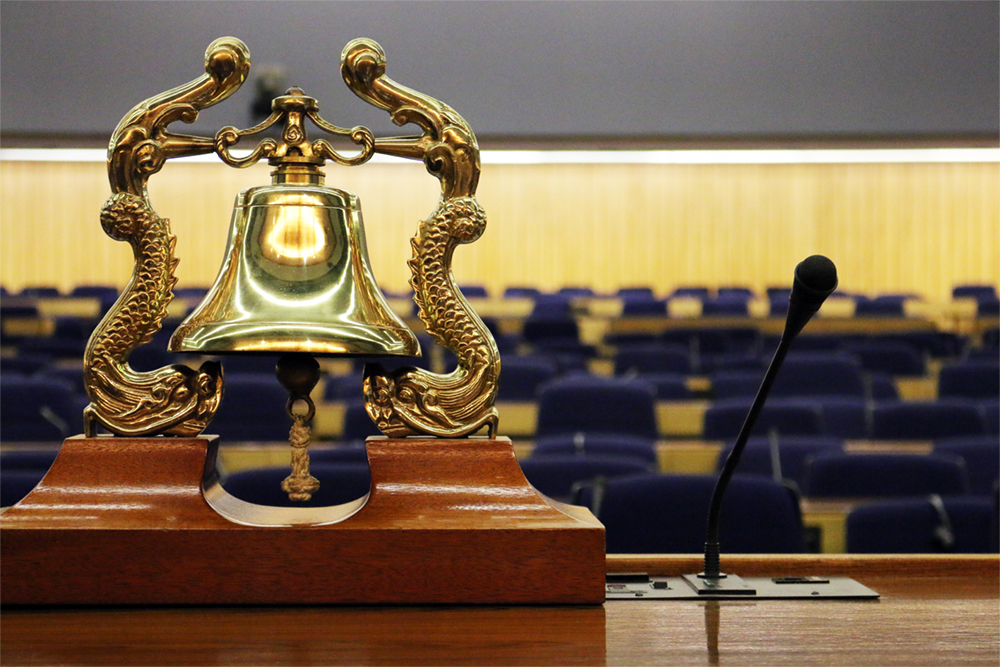
The Council is the executive organ of IMO and is responsible, under the Assembly, for supervising the work of the Organization. Between sessions of the Assembly, the Council performs the functions of the Assembly, except that of making recommendations to Governments on maritime safety and pollution prevention.
The Assembly of the International Maritime Organization has elected the following States to be Members of its Council for the 2022-2023 biennium:
Category (a): 10 States with the largest interest in providing international shipping services (listed in alphabetical order)
China, Greece, Italy, Japan, Norway, Panama, the Republic of Korea, the Russian Federation, the United Kingdom, and the United States
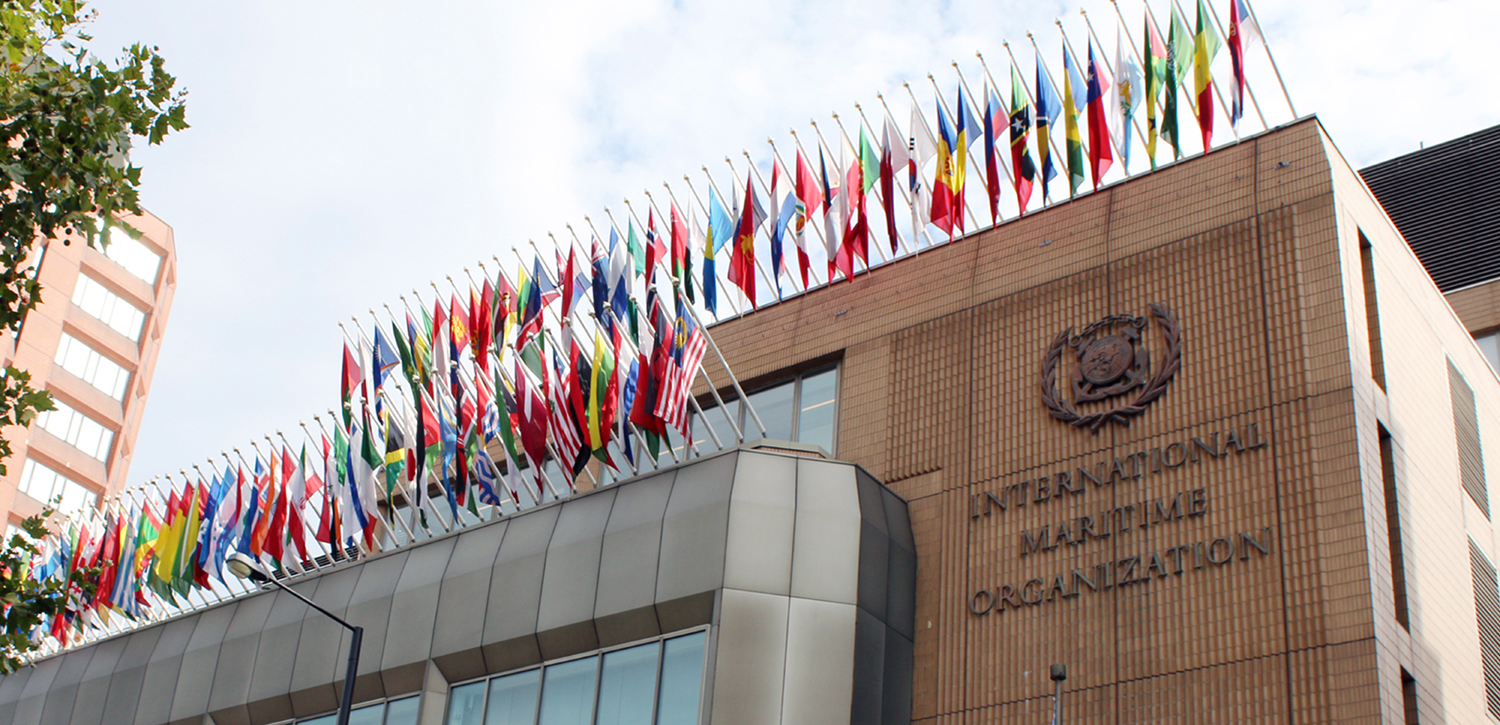
Category (b): 10 States with the largest interest in international seaborne trade:
Australia, Brazil, Canada, France, Germany, India, the Netherlands, Spain, Sweden, and the United Arab Emirates
Category (c): 20 States not elected under (a) or (b) above, which have special interests in maritime transport or navigation and whose election to the Council will ensure the representation of all major geographic areas of the world:
Bahamas, Belgium, Chile, Cyprus, Denmark, Egypt, Indonesia, Jamaica, Kenya, Malaysia, Malta, Mexico, Morocco, the Philippines, Qatar, Saudi Arabia, Singapore, Thailand, Turkey, and Vanuatu.
The IMO Council
The newly elected Council will meet, following the conclusion of the 32nd Assembly, for its 126th session (on 15 December) and will elect its Chair and Vice-Chair for the next biennium.
IMO Assembly
The 32nd Assembly of IMO is meeting in London at IMO Headquarters from 6 -15 December 2021. All 175 Member States and three Associate Members are entitled to attend the Assembly, which is IMO’s highest governing body. The intergovernmental organizations with which agreements of co-operation have been concluded and international non-governmental organizations in consultative status with IMO are also invited to attend.
The Assembly normally meets once every two years in regular sessions. It is responsible for approving the work program, voting the budget, and determining the financial arrangements of the Organization. It also elects the Organization’s 40-Member Council.









